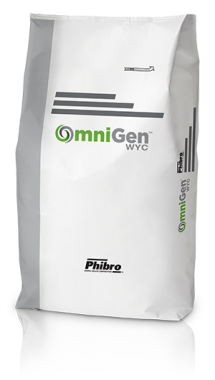Dairy’s Most Profit-Draining Challenges—Heat Stress
Dairy health experts discuss the potential long-term effects of heat stress.
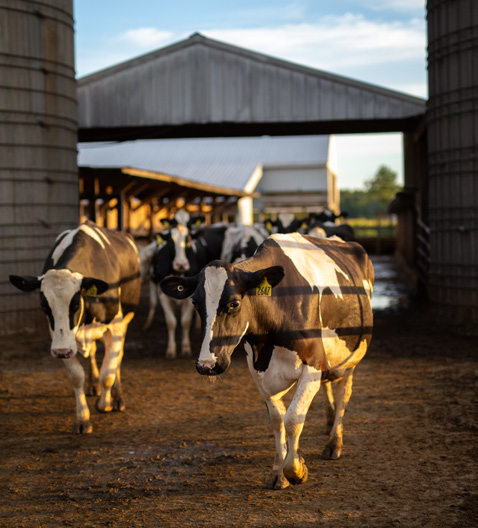
Heat stress is estimated to cost the dairy industry $897 million to $1.5 billion annually with losses caused by lowered milk production, increased metabolic disorders, reduced reproductive performance, reduced dry matter intake and impaired immune function.1 For a U.S. dairy producer, this loss translates to an average of $264 per cow2 per year.
Most producers are aware of the significant impact heat stress can have on milk production and their bottom line, but there’s likely much about heat stress they don’t know. A free, on-demand webinar is now available from Phibro Academy as the first of a four-part webinar series titled, “Dairy’s Most Profit-Draining Challenges.”
Dr. Geoffrey Dahl (Harriet B. Weeks Professor, Department of Animal Sciences, University of Florida) and Dr. Glenn Holub (Executive Dairy Technology Manager, Phibro Animal Health Corporation) explore some of the lesser-known effects of heat stress on dairy cows and share practical tips to help abate those effects. Five Things You Might Not Have Known about the Effects of Heat Stress on Dairy Cows
1. Seasonal influence is profound, and it might not occur when you’d think. Milk production tends to peak in March and April and bottom out in September or October. Plot this trend against the highest average daily temperatures, and it’s interesting to see that the highest temperatures do not overlap with absolute production lows. This indicates that not all effects of heat stress are seen immediately. In addition to the acute effects that producers usually see, heat stress has lingering effects that vary according to the duration of the heat stress period and the stage of lactation.
2. Cooling dry cows increases milk in the next lactation. You’re looking at a reduction in milk yield of 8 to 10 pounds per day if cows are heat stressed during the final phases of gestation during the dry period. Numerous studies show that cooled dry cows make more milk in the next lactation, demonstrating that heat stress has a significant and consistent effect on production. This is due in part to various aspects of mammary development. The dry period is important not only to reduce the number of older, less productive cells in the mammary glands, but also to regenerate capacity for milk yield during the next lactation.
3. There’s a lot happening early in the dry period that can be affected negatively by heat stress. It doesn’t matter whether cows are heat stressed early or late in the dry period; they respond the same way as cows that are heat stressed for the entire dry period. In numerous studies, all heat-stressed cows produced less milk than cows that were cooled. This finding shows the importance of cooling cows at the beginning of the dry period.
4. Heat stress has a lifetime effect on calves before birth. While we tend to look at the effects of heat stress on the dry cow as sort of programming her for the next lactation, the effects on the fetus are likewise programming it for lower productivity and lower survivability in the herd. This carryover effect on the fetus, when aggregated, can be even greater than the effect on the cow herself.
5. Most cows are potentially heat stressed for at least a quarter of the year. Almost every cow endures heat stress (defined as days with the temperature humidity index exceeding 68) for three months of the year—and not just in southern states like Florida and Arizona. There is a significant potential for dry period heat stress in places like Indiana, Pennsylvania, Michigan and Wisconsin. In fact, unless your dairy is in Alaska, your cows are subject to heat stress. And given that most cows are dry during the hottest months of the year, that equates to a lot of unrecognized heat stress.
The effects of heat stress can be daunting. Fortunately, there are effective measures available to producers to mitigate these effects. It is imperative to cool your cows during the dry period, right from the initiation. OmniGen® can help keep your herd comfortable and productive while helping to reduce respiratory rates3 and vaginal temperatures4 during periods of heat stress.
Registration for the webinar series is free on the Phibro Academy website at: https://academy.pahc.com/catalog/info/id:444.
For more information on OmniGen, contact your local Phibro representative or visit: https://www.theOmniGenDifference.com.
1 St-Pierre et al., 2003. J. Dairy Sci. 86:E52-E77.
2 Key et al., 2014. Climate Change, Heat Stress and U.S. Dairy Production, Rep. No. 175.
3 Fabris et al., 2017. J. Dairy Sci. 100:6733-6742.
4 Leiva et al., 2017. J. Dairy Sci. 100:4829-4838.
OG210322GLB-F ©2022 Phibro Animal Health Corporation. Phibro, Phibro logo design, Healthy Animals, Healthy Food, Healthy World, and OmniGen are trademarks owned by or licensed to Phibro Animal Health Corporation or its affiliates.
Dairy Cattle Products
How Feeding OmniGen® Can Bolster Your Dairy Cattle’s Immune System to Better Defend Against Challenges.





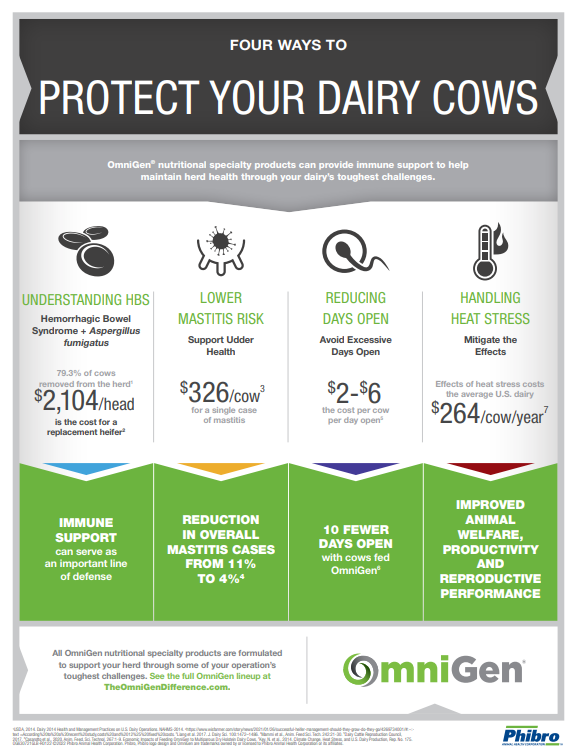
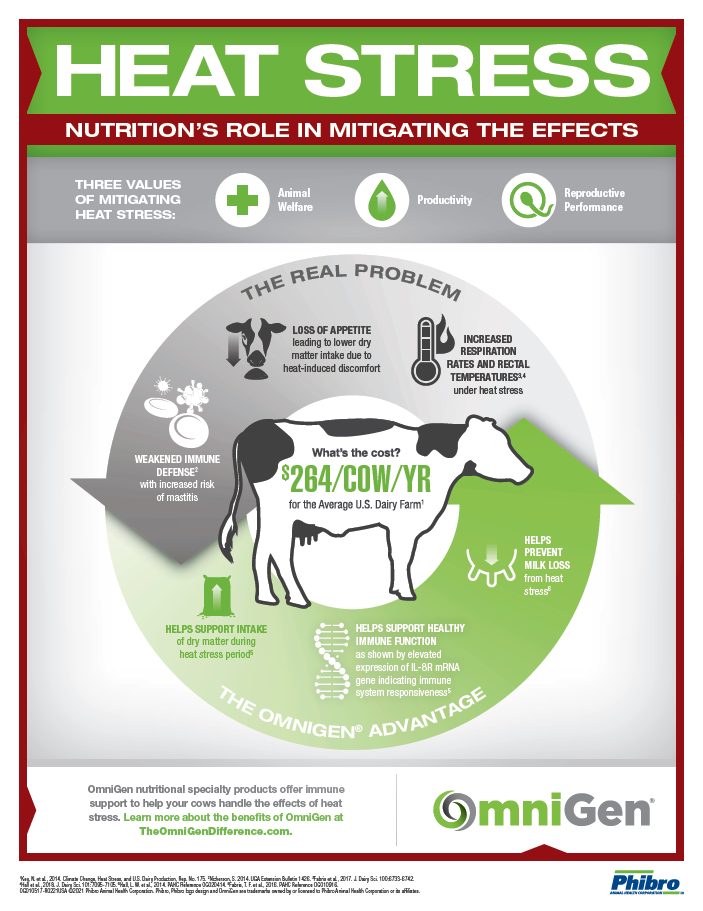
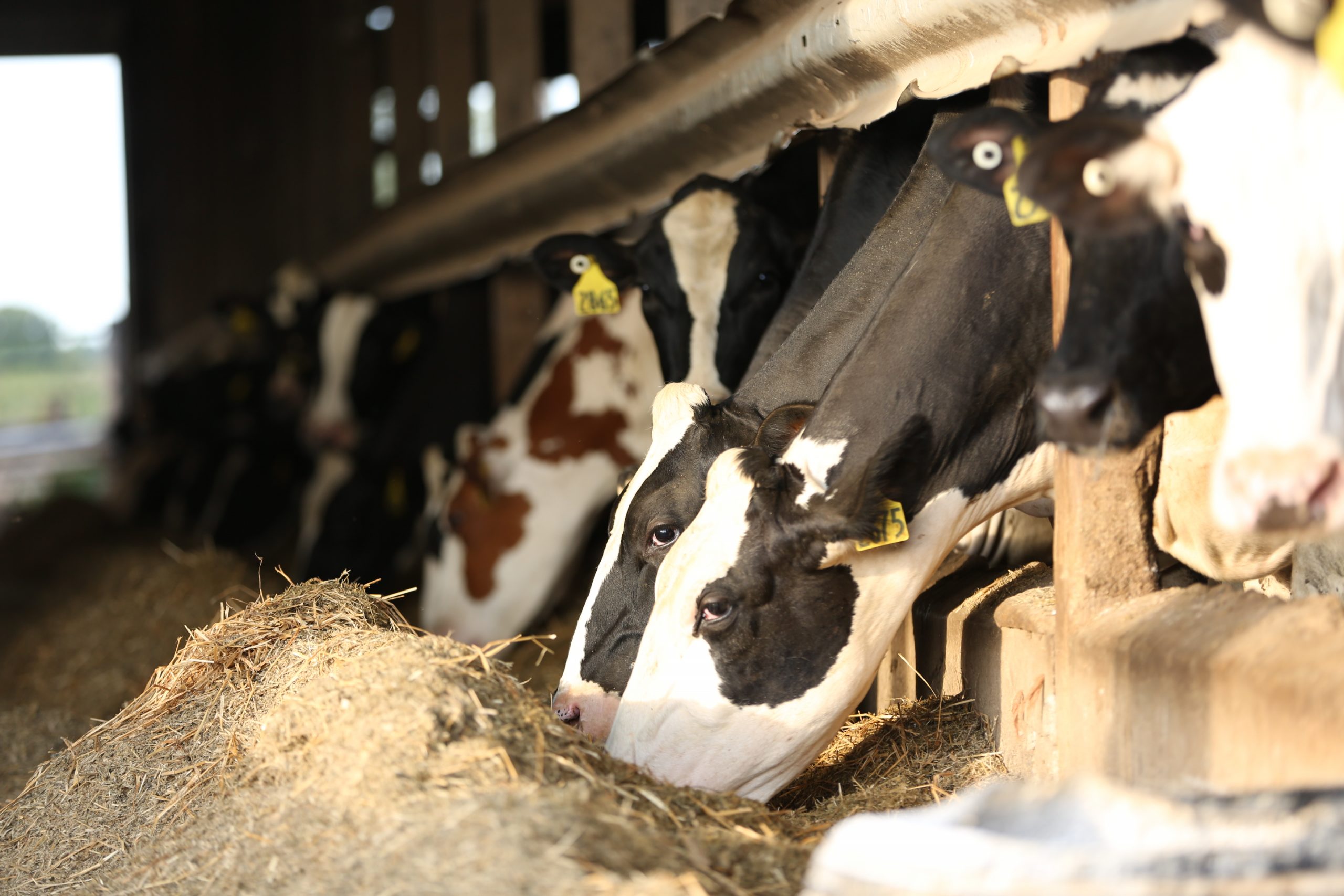
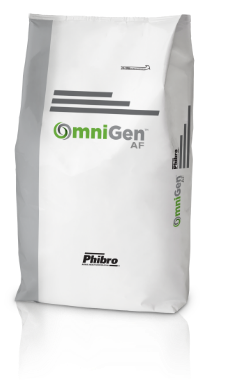
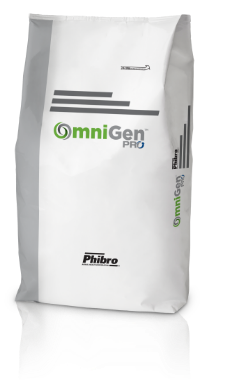
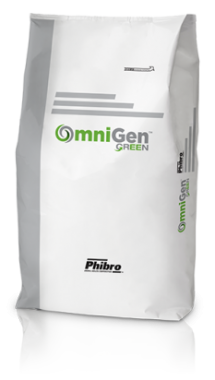
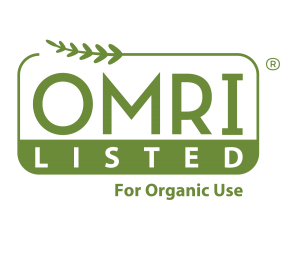 OmniGen Green is Organic Material Review Institute (OMRI) listed.
OmniGen Green is Organic Material Review Institute (OMRI) listed.